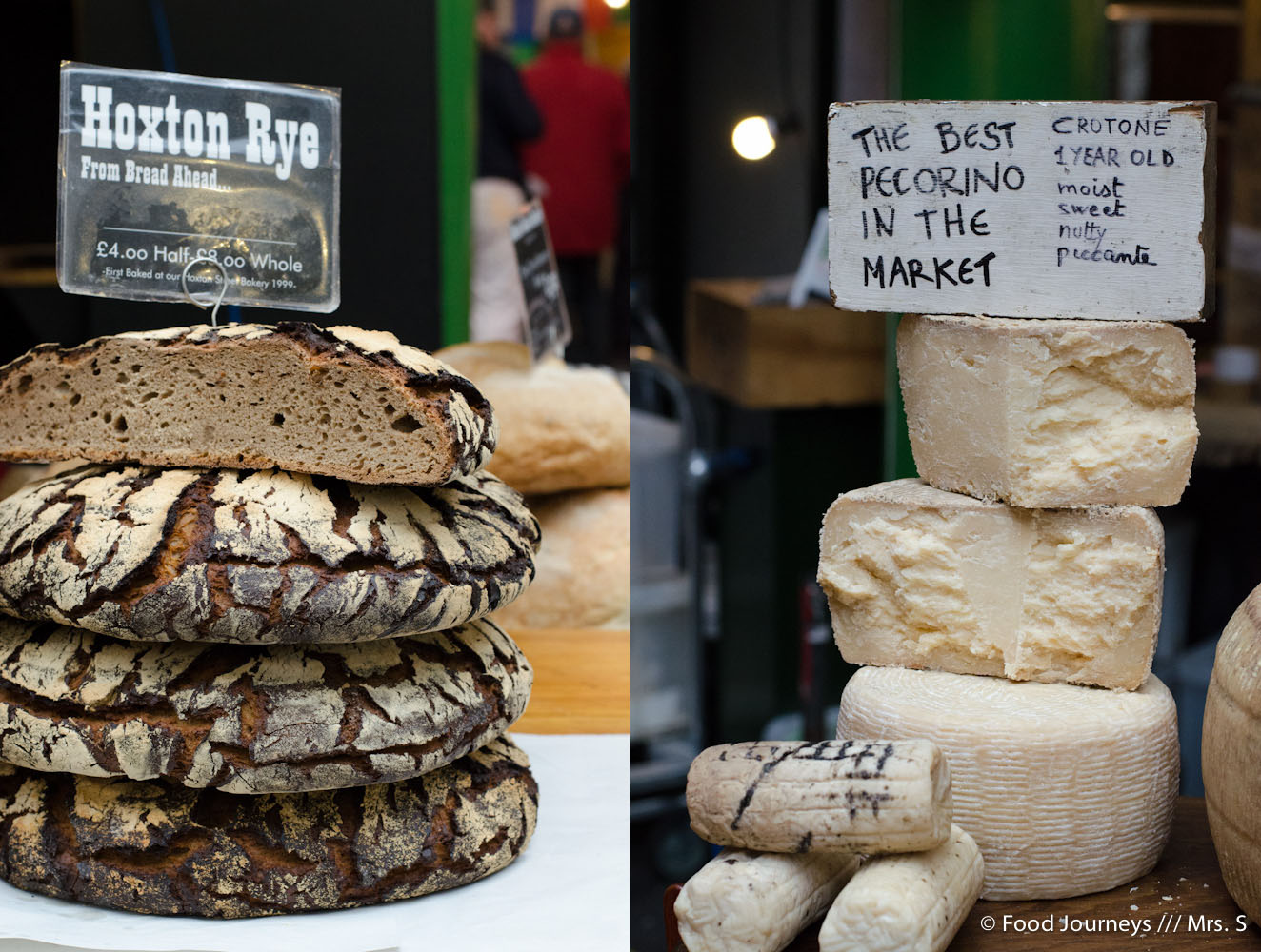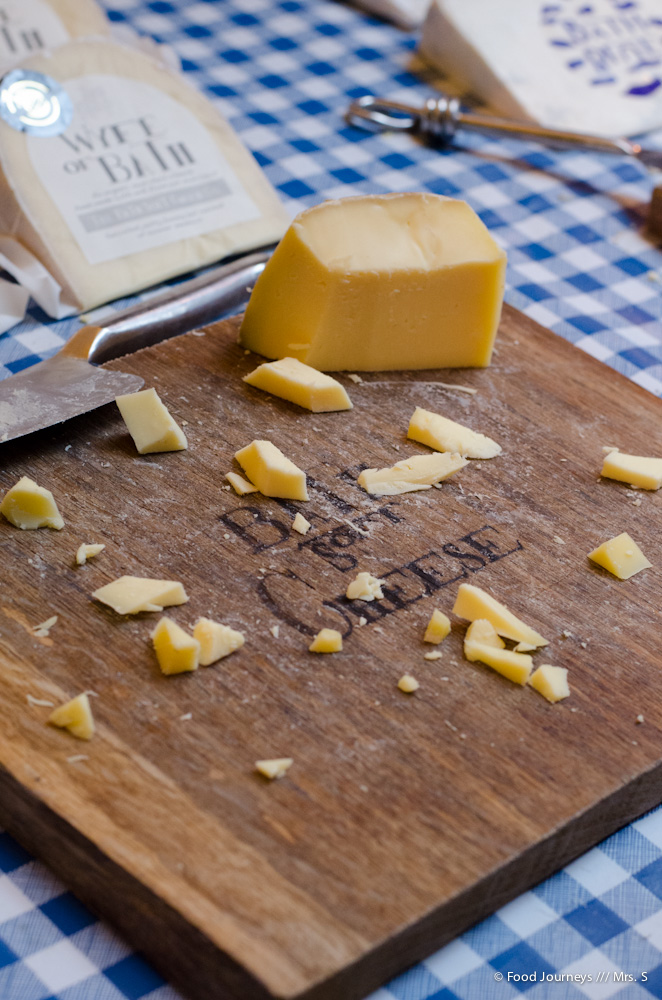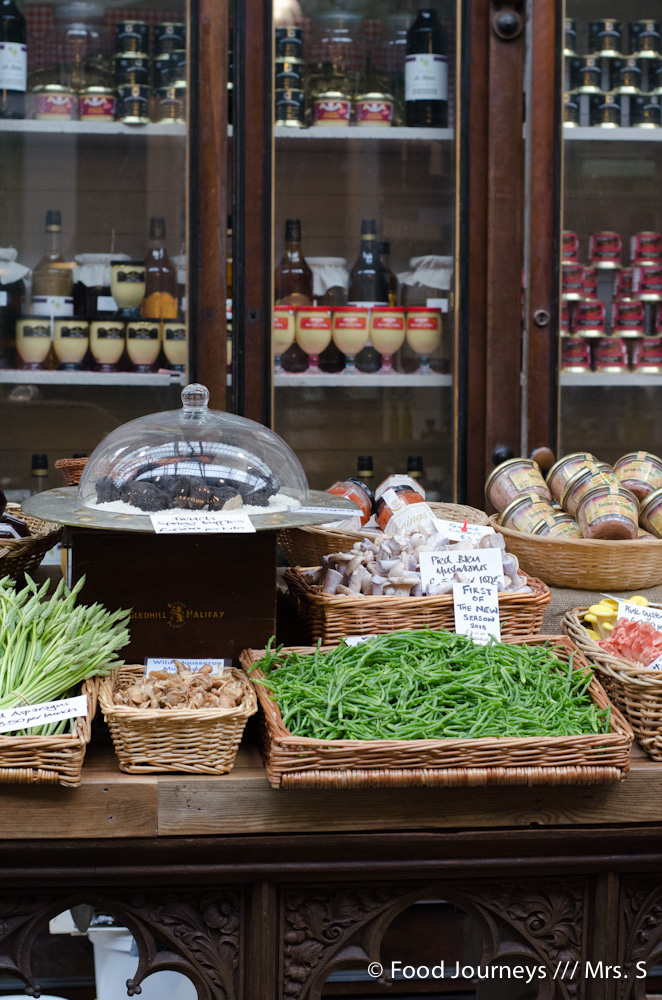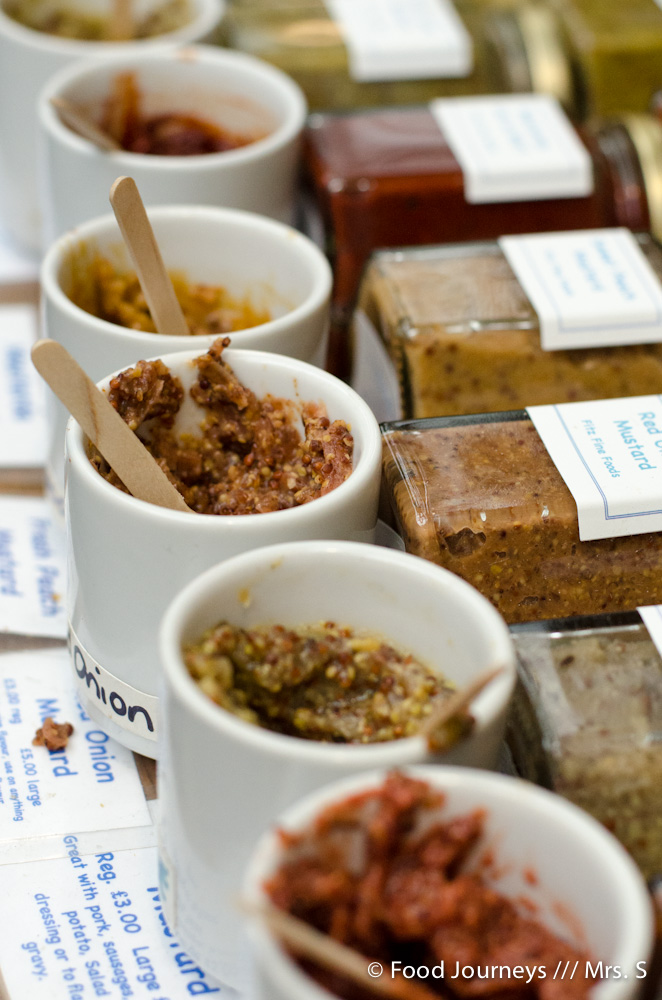
10 Aug The convenience of the singular
What will the local markets be like in a few decades? Or even in a few years? Will the neighbourhood little markets, aimed at specific niches, sprout and flourish in order to serve the concerns and tastes of those who only wish to buy tomatoes that smell and taste like real tomatoes from the garden, apples that are not unrealistic shinny and other misfit ingredients that the big supermarkets chains show no interest in selling?
And what about the larger markets, that forever have been serving the population? With an array of produce that initially came from the merchant’s own orchards and plots of land and now comes from the same huge wholesaler located on the city’s outskirts? And their buildings? Gutted by the convenience of all-in-one? What will happen to them? Will they decay and rotten like their own forgotten merchandise? Let’s hope not. Let’s hope that, more sooner than later, people will value the goodness of being able to buy oranges that have different sizes. Let’s hope also that a fortune won’t be asked of them whenever the case.
Fortunately, there are out there some good examples of how to make the best of what is happening, like Mercado de San Miguel in Madrid or Torvehallerne in Copenhagen, both located right in the heart of their own cities, which are harmoniously combining the selling of local fresh produce with outstanding food stalls.
The Borough Market is another one of these examples. Tucked under a railway’s metallic structure, on London’s south bank, it is always packed with visitors colliding, locals and others from distant parts, some eager to see and smell, other to eat and the originals to shop.
It is a world made up of different gastronomic worlds. From Croatia through Italy, Turkey, France, UK and, yes, Portugal – just to name a few of the nationalities that flavour the Borough -, the variety of forms, textures and colours intensifies the hectic pace of most of its visitors.
Your eyes glimpse small pointed radishes, fresh, tough and evenly smooth, white ends beaming among the shocking pink like the call-outs of a lighthouse in the middle of the night; mushrooms of all shapes and sizes, from fainted yellow to saffron dyed orange, bluish tinted ochre, coral white and deep forest brown; green asparagus in fresh salute; freckled skin pears; spiced charcuterie; peaks of full-bodied cheeses; sweet chunky potatoes; smoked jalapeños; beetroot powder; mustards you wouldn’t believe; Hoxton rye bread. Oh! It’s endless…
The sizzle of grilled meat runs through the air as lunchtime approaches. People start to queue to have their turn of a generous salted beef sandwich, sprinkled with pickles and Dijon mustard. But you can also get the taste of Thai street food, Spanish paellas, vegetarian Indian dishes, artisan foods and a never-ending array of delicious surprising food to take in.
Some are concerned that the Borough may become one enormous food hall aimed at tourists. But the truth is that all the food cooked there is mainly made with the products readily available on the stall. Right in front of you. Wasn’t there someone who said that tryverstising was the best way to get into customers’ shopping bags?
•
A conveniência do singular
Como serão os mercados locais daqui a algumas décadas? Ou até mesmo daqui a alguns anos? Veremos os pequenos comércios de bairro, destinados a nichos, despontar e florescer sob a forma de resposta às preocupações e aos gostos daqueles que apenas desejam comprar tomates que cheiram e sabem a verdadeiros tomates da horta, maçãs que não brilham irrealisticamente e outros ingredientes “desajustados” que os grandes supermercados não demonstram qualquer interesse em vender?
E os grandes mercados que desde sempre têm vindo a servir a população? Com um leque de produtos inicialmente provenientes dos pomares e pedaços de terras dos próprios vendedores e que, agora, nos chegam através de um mesmo e enorme grossista, localizado nos arredores da cidade? E os edifícios que sempre os albergaram? Esventrados pela conveniência do tudo-em-um? O que lhes acontecerá? Decairão e apodrecerão, como a sua própria mercadoria entretanto deixada no esquecimento? Esperemos que não. Esperemos que, mais cedo do que tarde, as pessoas valorizem o bom que é poder comprar laranjas de tamanhos diferentes. E que o possam fazer sem terem que pagar uma fortuna por elas.
Felizmente, existem por aí alguns bons exemplos de como tirar o melhor partido do que está a acontecer. É o caso do Mercado de San Miguel, em Madrid, ou do Torvehallerne, em Copenhaga, localizados bem no coração das suas cidades, que estão harmoniosamente a combinar a venda de produtos frescos locais com extraordinárias bancas de comida.
O Borough Market é outro destes exemplos. Oculto por uma estrutura metálica ferroviária, na margem sul de Londres, está sempre recheado de visitantes locais e de terras distantes, alguns ansiosos por ver e cheirar, outros por comer e os originais por comprar.
É um mundo feito de diferentes mundos gastronómicos. Da Croácia à Itália, passando pela Turquia, França, Reino Unido e, sim, Portugal – apenas para mencionar algumas das nacionalidades que dão sabor ao Borough -, a diversidade das formas, texturas e cores aumenta o frenesim dos passos da maioria dos seus visitantes.
Os olhos vislumbram um clarão de branco que ilumina um rosa vivo, são as pontas de pequenos rabanetes, frescos, firmes e perfeitamente suaves, que chamam pela nossa atenção como os raios de luz de um farol por entre a escuridão; cogumelos de todos os feitios e tamanhos, de cor amarela desmaiada, laranja tingida de açafrão, ocre com laivos de azul, branco coral e castanho da floresta; espargos jovens em continência permanente; peras com pele sardenta; charcutaria embriagada em especiarias; picos de queijos encorpados; portentosas batatas doces; jalapeños fumados; beterraba em pó; mostardas inacreditáveis; pão de centeio de Hoxton. Oh! Interminável…
O leve chiar de carne grelhada perpassa o ar à medida que a hora de almoço se aproxima. Começam a formar-se filas para as generosas sanduíches de bife salgado, polvilhadas com pickles e mostarda de Dijon. Mas também é possível provar comida de rua tailandesa, paellas espanholas, receitas vegetarianas da Índia, cozinha artesanal e tantos outros pratos deliciosamente surpreendentes.
Há quem se preocupe com a possibilidade do Borough se transformar num enorme food hall dirigido a turistas. Contudo, a verdade é que grande parte da comida cozinhada no local usa como ingredientes os produtos que, prontamente, se encontram para venda logo ali. Mesmo à nossa frente. Não houve alguém que disse que a experimentação era a melhor forma de publicidade?



















Sam Taylor
Posted at 08:21h, 12 AugustOh I so loved this market! I can almost smell that paella again. I agree, I think we are forgetting what real food looks like, misshaped, uneven and full of..well smell. I hope you went hungry and left filled up!
Neil Darwent
Posted at 06:50h, 13 AugustThe markets you describe provide the vital interface between producer and consumer. I hope we continue to see them grow and we can create a better understanding of real quality rather than the misleading perceptions created by the retail giants.